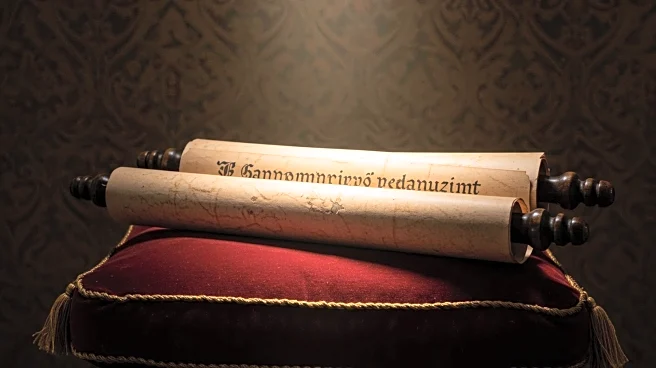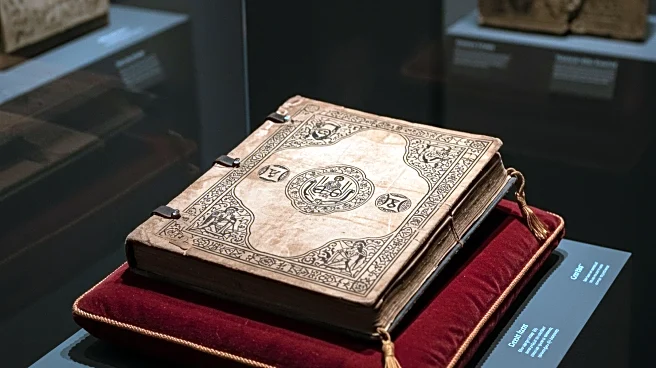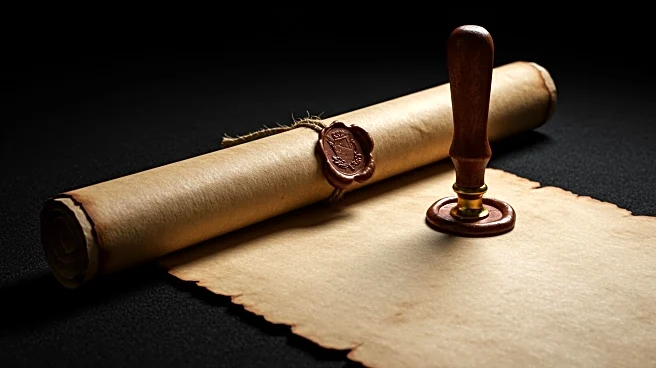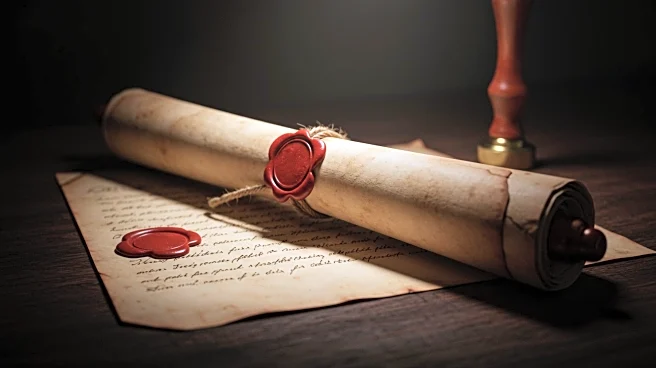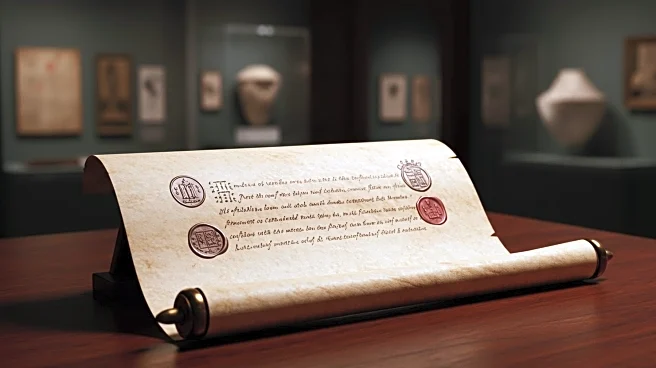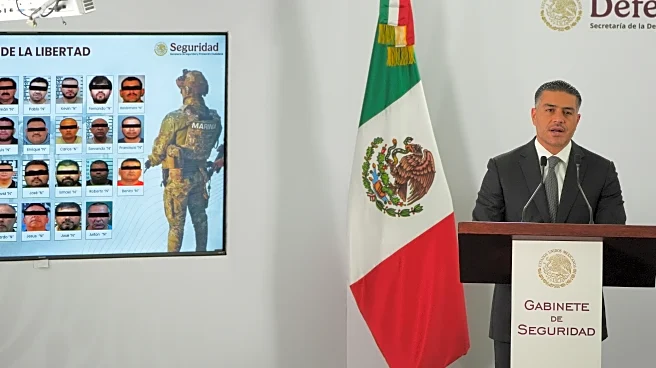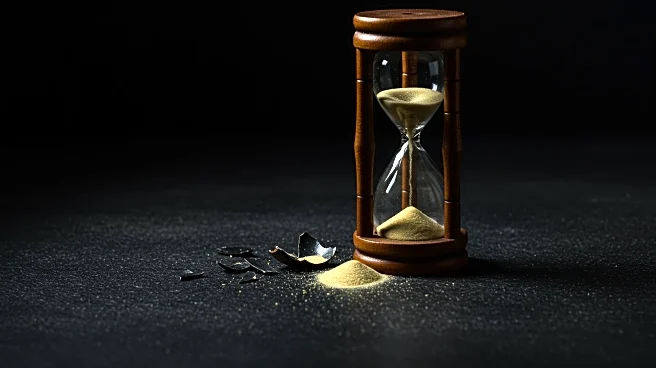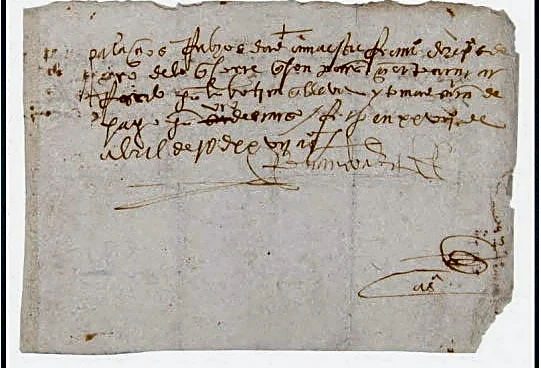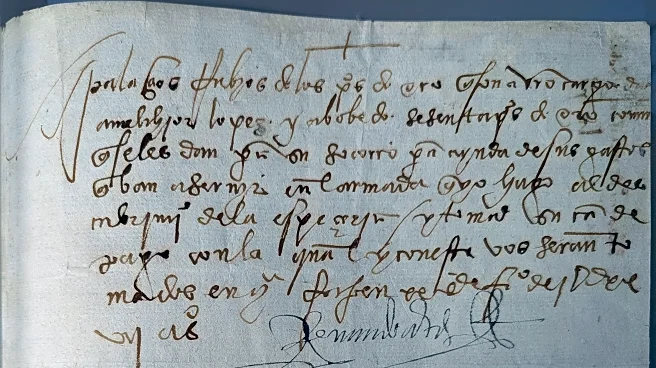What's Happening?
The FBI has returned a 16th-century document signed by Spanish conquistador Hernán Cortés to Mexico, decades after it was stolen from the country's national archives. The document, considered a 'priceless cultural artifact,' was repatriated in a ceremony on August 13. The manuscript page, signed by Cortés on February 20, 1527, outlines payments for supplies in preparation for exploration. It was stolen between 1985 and 1993, and its recovery involved collaboration between the FBI, NYPD, U.S. Department of Justice, and the Mexican government. This is the second Cortés document returned by the FBI, following a letter repatriated in July 2023.
Why It's Important?
The repatriation of the Cortés document underscores ongoing efforts to return cultural artifacts to their countries of origin, addressing historical injustices. Such actions strengthen diplomatic relations and cultural ties between nations. For Mexico, recovering artifacts like this document is crucial for preserving national heritage and understanding historical narratives. The FBI's involvement highlights the importance of international cooperation in cultural preservation. The return of artifacts can also influence public policy and museum practices regarding the ownership and display of cultural property.
What's Next?
The FBI continues to search for other missing pages from the Cortés manuscript and has urged the public to provide information. Mexico may pursue further repatriation of cultural artifacts, including those held in international museums. The successful collaboration between U.S. and Mexican authorities could lead to more joint efforts in cultural preservation. Museums and collectors may face increased scrutiny and pressure to return artifacts to their countries of origin, potentially leading to changes in acquisition policies.
Beyond the Headlines
The return of the Cortés document raises ethical questions about the ownership and display of cultural artifacts. It highlights the need for transparency in the art and antiquities market and the role of museums in preserving cultural heritage. The case may prompt discussions on the legal frameworks governing cultural property and the responsibilities of nations in protecting their historical assets.
